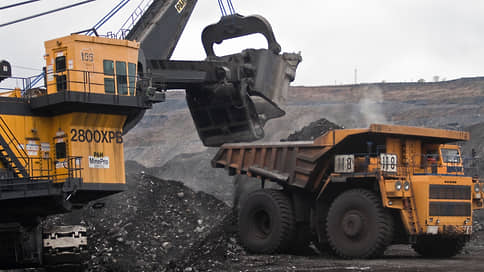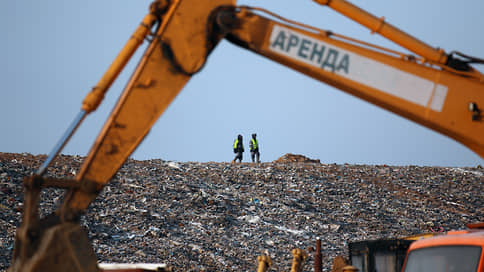Experts predicted a decrease in the export netbooks of coal

By 2030, only exporters of coking coal will be retained among coal companies. The profit in the supply of energy coals and the anthracite in the Chinese market will remain negative in most areas, and in five years the situation may even worsen. This threatens to withdraw from the market for coal mining enterprises conducting the extraction of mass grades of coal in an underground method.
By 2030, only exporters of coking coal will be retained among participants in the Russian coal industry, it follows from the NEFT Research review. According to analysts, depending on the port of non -back during the supply of metallurgical coals, it will vary in the range of 0.5–2.1 thousand rubles. per ton, which is 23–56% less than the current year. Energy coals will continue to be cheaper, and after five years, losses from their export will grow in all directions, predict in Neft Research. Now non -back exporters of energy coals are estimated from 64 rubles. per ton in the port of Murmansk up to minus 1.09 thousand rubles. per ton in the port of Ust-Luga. By 2030, experts expect, losses from tons will reach 0.29–1.5 thousand rubles.
Anthracite, demanded in the Chinese market (See “Kommersant” from May 5), retain yield only in the port of East. According to NEFT Research, by 2030, the margin of anthracite exporters will be just above 1.5 thousand rubles. per ton against 2.1 thousand rubles. per ton in 2024. Exports from the ports Taman, Murmansk and Ust-Luga will be unprofitable.
Press the growth of production in China and India and warm winter in Asia, which led to the growth of reserves from the main consumers.
The situation is aggravated by an increase in trade duties on steel and products from it, as well as strengthening the ruble to the dollar. These are the main reasons for low coal prices, says Alexander Semin, director of the Center for Economic Forecasting Gazprombank. “And the trend to reduce the cost of coal will continue,” he indicates. According to the analyst, the average cost of energy coal with calorie content of 5500 kcal per 1 kg from the Russian Federation on the CFR basis in 2025 can amount to $ 77 per ton. The export price of the coal of the GSH brand at the FOB BAS East can show better stability due to the growth of demand in India and on average for the year to amount to $ 112 per ton, it expects.
The reduction in the next five years will affect not only non -backs, but also the supply of coal from Russia, according to Neft Research. According to their forecasts, the volume of sea exports from the Russian Federation will be reduced to 150 million tons. Deliveries through the Far Eastern ports relative to 2024 can grow by 25 million tons, to 118.7 million tons, through the ports of the Baltic – will be reduced by 32 million tons, to 11 million tons. Exports through the ports of the Azov-Black Sea basin will remain at the level of 17.8 million tons due to the proximity of India and Turkey, analysts indicate. In 2024, the Russian Federation exported 196.2 million tons of coal, said Deputy Prime Minister Alexander Novak. The transshipment in the ports decreased by 9.8%, to 188.1 million tons, according to the Association of Sea Trade ports.
10.8 percent
The share of Russian coal in the general import of this raw materials by India in the results of 2024.
The expert of the Institute of Energy and Finance Alexander Titov notes that a return to the EU market will no longer happen, the main buyers will be in Asia and Turkey, so the eastern direction will remain the most attractive. And the “pushing” at the eastern training ground will continue, because the freight capacities will still not accept all the coal that wants to go there, he adds. Nariman Tayketaev, director of the corporate ratings of the NCR agency, notes that in the coming years it is possible to displace individual companies from the market, mainly focused on underground production of coal with low heat -intensive ability. The best positions, he continues, will be shown by enterprises that are part of vertically integrated holdings with sustainable access to transport, storage and transshipment infrastructures.
But not all analysts are pessimistic. Boris Krasnozhenov, head of the Analyst Securities Analyst Securities Department, recalls that coal is a significant part of the energy balance of the global south countries, including China and India, and the Russian Federation historically exported about 50% of the coal (about 200 million tons). Given the expansion of the transport infrastructure, including the development of the Severomorput and the Eastern training ground, it is impossible to exclude the growth of export volumes on the 2030 horizon compared to 2023–2024, the analyst notes. It also assumes that the main volumes of coal exported from the Russian Federation will go east, but adds that the transshipment in the southern ports will also be in demand. Demand for coking coal, Continues Mr. Krasnozhenov, depends on the volume of production of steel by the domain-converter method. And given that India plans to almost triple steel by the end of the decade, the demand for coke coal will grow, the expert indicates.








